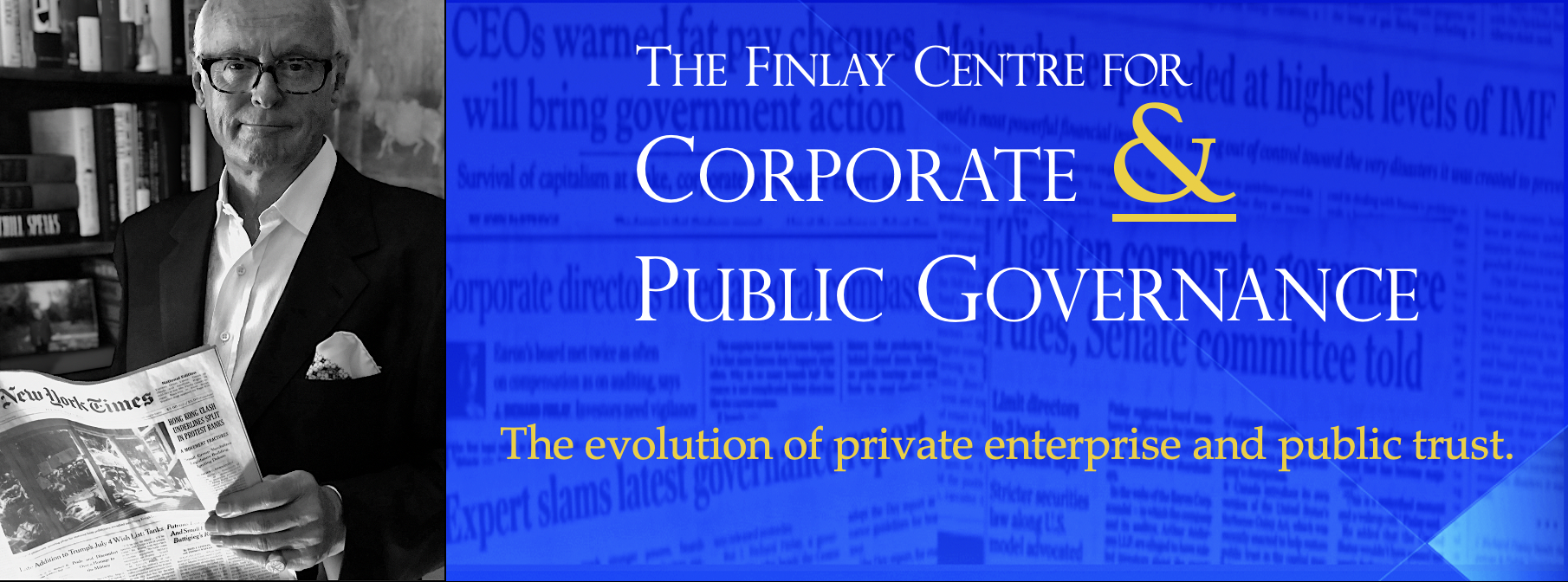The world has become accustomed to the idea of an October Surprise. It has happened in politics, in theaters of war and in the economy (see October 1929). But rarely has this phenomenon had the courtesy to actually appear on October 1st, on the dot. That happened on Wall Street today (and on Bay Street in Toronto), where, in the one case, the Dow slipped by more than 200 points, and in the other the TSX plunged by over 300.
It has become common among some strident analysts to declare the recession over and the prospect of a Dow at 12,000, and then at 14,000, easily within reach. Others, and we include ourselves in this camp, have been more skeptical. If we really had the worst recession since the Great Depression, the idea of equity markets so quickly sprinting back to the heights they reached during the subprime bubble seems perplexing. It is a little like someone suffering a massive heart attack and then expecting to win the Boston Marathon 18 months later. On the other hand, if the recession was overly hyped and not really as bad as most of us had feared, the unprecedented torrent of Fed cash and zero interest rates promises to unleash a terrible inflationary toll down the road. Neither scenario seems to be giving much confidence to investors or to the consuming public. And confidence is still the most needed ingredient in any credible plan for economic recovery.
The lesson from today’s surprise is that there is still no end of experts who are happy to be generous with other people’s money – and are determined that neither common sense nor the laws of physics will prevent them from resuming their party and the over-sized compensation that feeds it. They are the risk-oblivious, reality-blind Pied Pipers of their own self-consuming Gilded Age who led us to the brink of the abyss that was so frightening last October. Why would we think they suddenly know the way back to stability this October?
